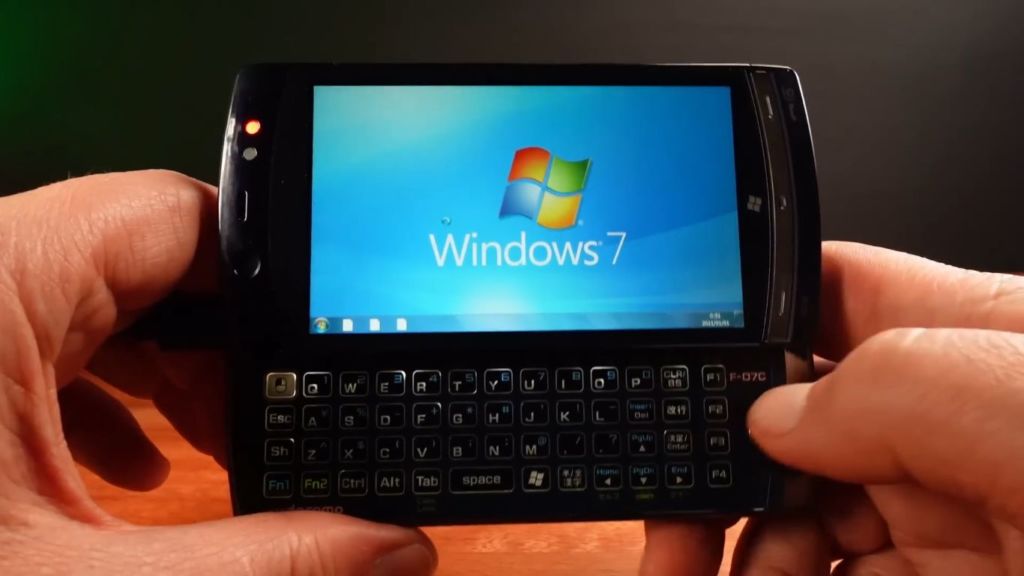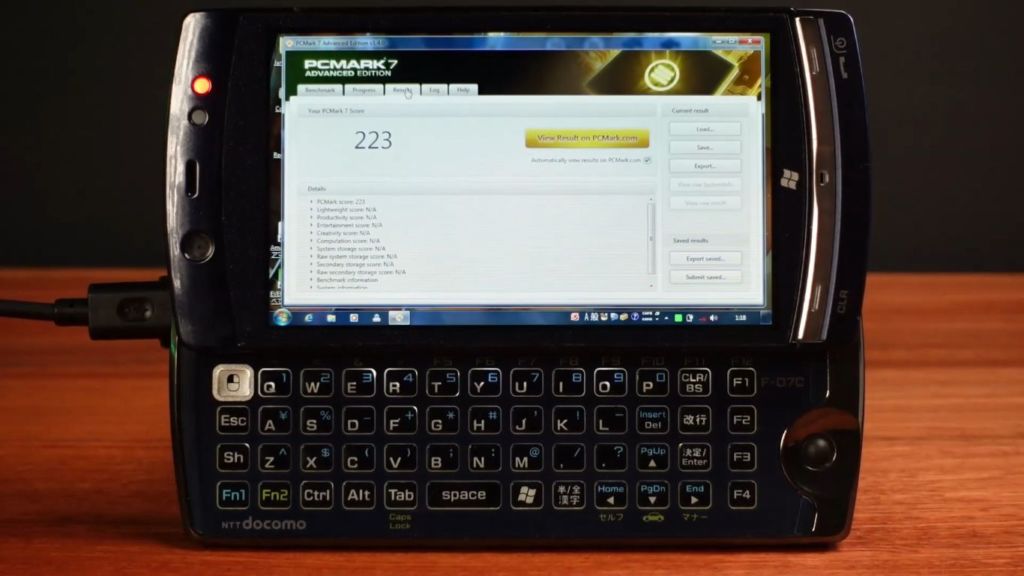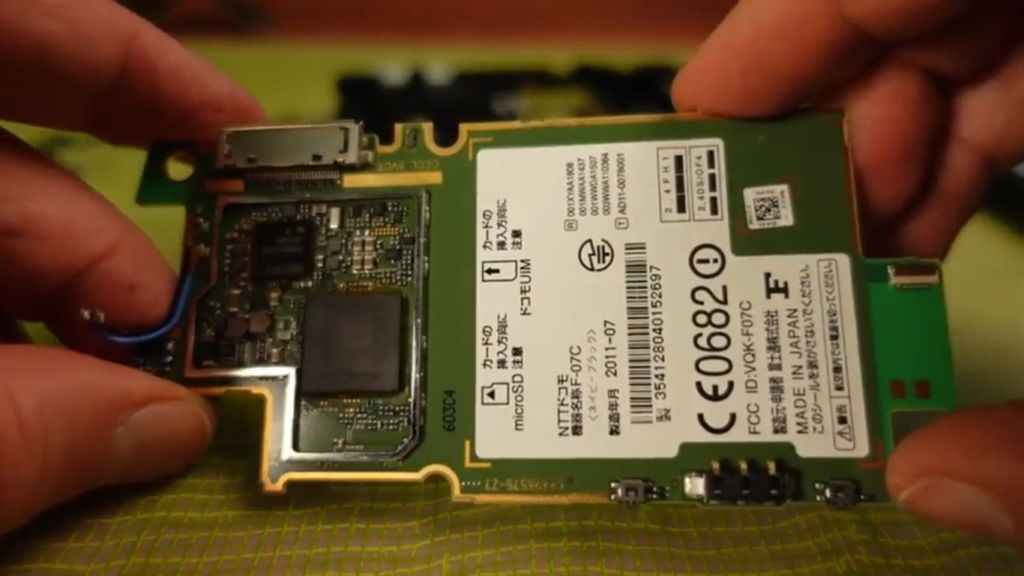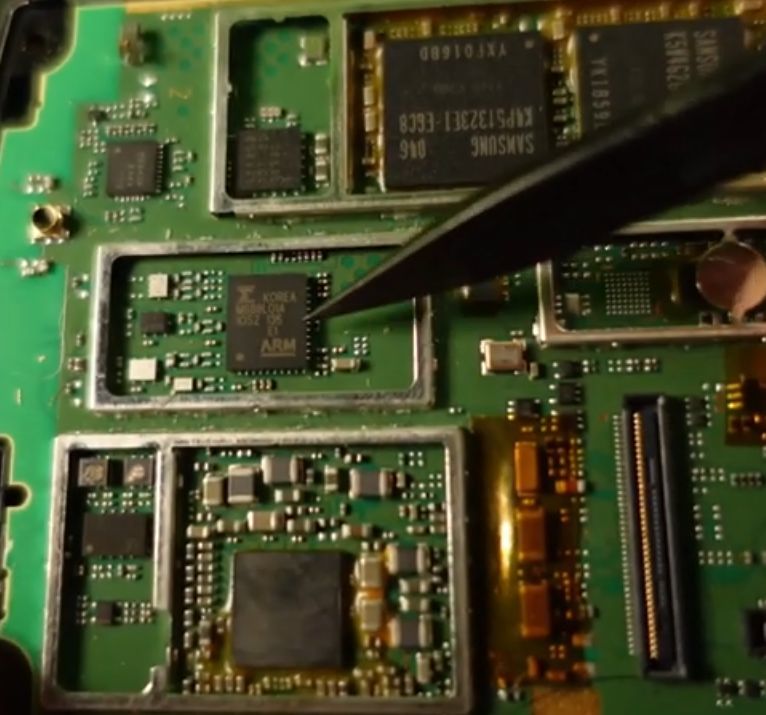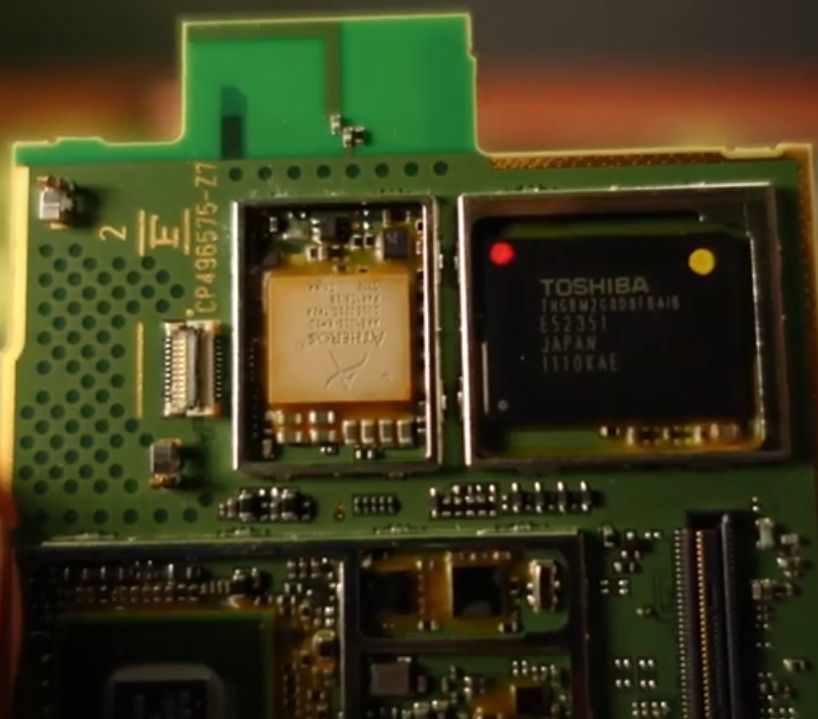Modern flagship smartphones cost well over $1,000, have more RAM than a typical computer, but doing anything other than scrolling through social media pages on such a phone is quite inconvenient. But it was not always like that, the Japanese prove. For a short period of time, the smartphone was really able to reach the level of a computer.
Whatever smartphone you have today, editing documents, actively exploring the depths of the Internet, playing games, etc. is more convenient on desktop PCs and laptops.
This statement proves the failure of Apple’s advertising campaign What’s a Computer? (what is a computer), which in 2017 tried to convince users that the iPad replaces the computer. The level of failure of this advertising campaign can be estimated by the fact that already in 2018 this advertisement was removed from the official Apple website .
The unsuitability of modern smartphones for any work also proves the quiet death of Samsung Dex mode (Desktop eXperience) — Dex for Linux closed in 2019, Dex for MacOS closed in 2022. In this mode, the phone simulated a computer, but remember what you know about Dex? The company has stopped advertising the availability of Dex in its flagships for several years and the last officially compatible with Dex is the Galaxy S22 .
The hardware of today’s smartphones already has enough power for common work tasks performed on computers and laptops today. The main problem with modern smartphones is their OS, which is as stripped down and closed as possible compared to Windows. This applies to both Android and iOS. On Android or iOS, try to pack or unpack files in RAR or TAR archives. Can you run full-featured Word or Excel on Android or iOS? What about Counter-Strike tournaments?
Therefore, it is not surprising that fans are trying to run full Windows 10 and Windows 11 on smartphones. After all, Microsoft even adapted Windows to ARM processors. But the problem is that the manufacturers of ARM processors make them as closed as possible, not providing drivers to enthusiasts. This is one of the reasons why you cannot freely install any version of Android on your smartphone — the driver problem.
Fujitsu F-07C — it was better before
A full-fledged computer the size of a smartphone has almost always been seen as the pinnacle of personal electronics development. And for a short time, the industry was able to achieve it in the form of the Fujitsu F-07C mobile phone, and only then moved to the irreplaceable iPhone and Samsung Galaxy.
Fujitsu LOOX F-07C was released in May 2011 and became the smallest computer with a full desktop Windows. Perhaps this title still belongs to him, because this computer in the form of a smartphone weighs 218 grams.
Measuring 125x61x19.8 mm, the Fujitsu F-07C provided full Windows 7 Home Premium. The same Windows could be on your home PC or laptop.
The computer was powered by a 1.2 GHz Intel Atom Z600 processor, had 1 GB of RAM, a 32 GB flash drive (eMMC), and an 802.11b/g/n Wi-Fi adapter. The microSDHC slot allowed for memory expansion. In addition, the equipment includes a camera with a resolution of 5 MP with the functions of autofocus and face recognition, located on the back of the case, and a frontal VGA camera for video communication.
Information was displayed on a 4-inch screen with 1024×600 pixels. For comparison, the iPhone 4s released six months later had a screen of 640×960 pixels.
Like many other interesting, groundbreaking and sometimes strange electronic devices, this telephone computer was only released in Japan. And while its interface only supports Japanese, there is an English version of the user manual.
At the time of the announcement, the device cost $860.
Windows and Symbian simultaneously
Both in 2011 and now, Intel processors were poorly suited for communication devices. After all, x86 chips still remain mainly processors, without blocks for working with peripherals. To implement built-in cellular communication in a laptop or GPS based on an x86 chip, you need to install additional components. ARM processors have built-in units for working with GSM, GPS, Wi-Fi, Bluetooth, displays, cameras and other peripherals — that’s why they are called «system on a chip», SoC.
Since in 2011, Microsoft was only thinking about adapting Windows to ARM processors (the first messages about Windows on ARM appeared sometime in 2016), to implement typical phone capabilities Fujitsu F-07C had to get a different processor on board. It was an ARM chip that could be used with Symbian.
Switching between Windows and Symbian is almost instantaneous — just press the side key.
Twice as fast in desktop mode
Fujitsu LOOX F-07C had two performance modes — like most modern laptops. On battery power, its Intel Atom processor ran at 600 MHz. The battery with a capacity of 1400 mAh (5.2 W*h) provided up to two hours of operation. For comparison, a typical battery of a modern smartphone has a capacity of about 10 W*h.
But the Fujitsu F-07C processor started working twice as fast — at a frequency of 1200 MHz — when powered from an outlet. But for this, the user had to buy a special docking station.
The user could use the instructions from enthusiasts and overclock the processor without connecting to the docking station. But in this mode, even after connecting the charging cable, the battery was discharged, albeit more slowly. It’s just that at that time USB Power Delivery had not yet been «delivered», and ordinary USB could not deliver the required power.
The docking station had a separate connector that transmitted the required power, and it also had a fan for cooling the processor. After all, without cooling, any processor will overheat during active work, and that’s why gamer smartphones today have active coolers.
When working at a frequency of 600 MHz, the Fujitsu F-07C computer-smartphone shows 223 points in the PCMark 7 benchmark.
At the same time, in about an hour of testing, the body of the device reaches 30 degrees Celsius in a room with a temperature of 19 degrees.
When powered by a battery and microUSB, the Fujitsu F-07C computer-smartphone overclocked to 1200 MHz shows 360 points in the PCMark 7 benchmark.
At the same time, in 1.5 hours of testing, the body of the device reaches about 32 degrees Celsius in the same room.
The Intel Atom has enough power to run the 2001 Star Trek Voyager Elite Force PC game, although the framerate is obviously less than 30 fps:
Disassembled Fujitsu LOOX F-07C: we look at Intel and ARM processors
Let’s take a look inside this computer-smartphone to see how Japanese engineers implemented support for Windows and Symbian in one device.
This device contains several boards and here is what its main motherboard looks like from both sides:
The Intel Atom Z600 processor, which is responsible for the operation of Windows 7, is quite easy to find and is the size of a thumb nail:
And here is the unnamed ARM processor, which is responsible for the smartphone part and Symbian:
Above it, it appears, are two Samsung flash memory chips of 16GB each, giving a total of 32GB of built-in storage:
There is also a chip from Toshiba, also similar to flash memory, but its purpose is still unknown:
The bright Atheros chip next to it is a Qualcomm component and appears to be responsible for Wi-Fi:
But this Intel chip seems to be a chipset for Intel Atom communication with peripherals (keyboard, USB, HDMI):
An interesting implementation of the trackball for controlling the mouse cursor in Windows.
When the user rotates the ball with his finger, it rotates four cylindrical magnets. Readings from these magnets are read by corresponding magnetic field sensors, converting them into mouse cursor movement.
Based on: Janus Cycle






